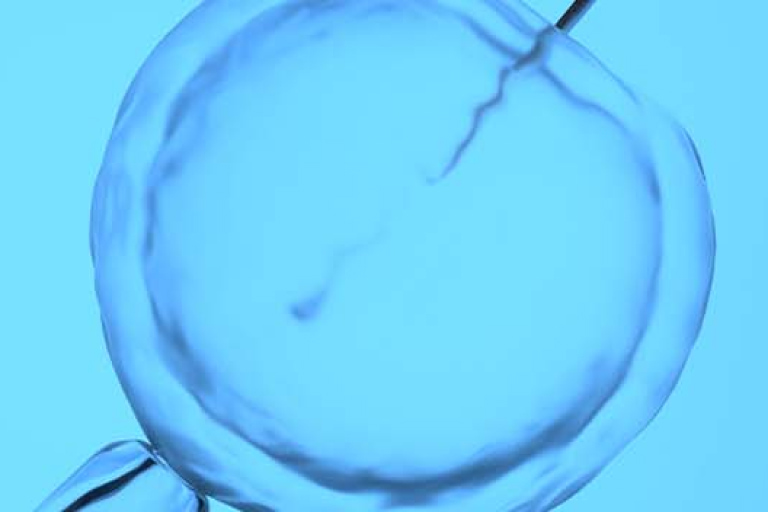Why IVF?
Older men do not produce sperm that are as healthy or mobile as younger men do. Most of us assume we’ll be able to conceive naturally and have children when we plan a pregnancy. But it’s not always as straightforward as this. Around one third of fertility issues are due to women, one third due to men, and the remainder due to a combination or unknown causes.
When to seek IVF treatment
Reasons for IVF
- Endometriosis
- Blocked fallopian tubes
- Fallopian tube damage
- Uterine fibroids
- Male infertility
- Recurrent miscarriage
- Unexplained infertility
- For single women
- For same sex couples, using a donor egg or sperm or both.
How IVF works
After taking a careful history, having a counselling session and basic screening tests from the couple these are the usual IVF steps:
- Medication is taken to suppress the woman’s usual cycle. This is so the IVF cycle can be monitored and controlled.
- Stimulation of the ovaries to produce eggs. Follicle Stimulating Hormone (FSH) injections are used to help this process. Often, the woman and or her partner give these injections.
- Monitoring with blood tests and ultrasounds to measure the thickening of the uterine layer and the number of follicles on each ovary.
- Trigger injection given once the number and size of the follicles are right. This is usually given 37 hours before the eggs are collected.
- Removing the eggs surgically. This is called egg collection or egg retrieval.
- On the same day as the egg retrieval the partner provides a sperm sample or donor sperm is prepared.
- In the laboratory, the eggs and sperm are mixed. The aim is to produce as many embryos as possible to ensure the ones which are used are healthy.
- Around five days later, the fertilized eggs—called embryos—are transferred into the uterus. This is called embryo transfer.
- Any remaining embryos are frozen for later use.
- A wait of 2 weeks is necessary to see if the embryo implants and there is a positive pregnancy.
- A blood test is done to assess pregnancy and the success of having an IVF baby.
The male partner’s role in IVF
With standard IVF treatment, the eggs and sperm are mixed together in a Petri dish. If the egg is fertilized, the embryo is cultured in the laboratory for around 5 days and monitored carefully before being transferred into the woman’s uterus.
If the quality or quantity of the sperm is not sound, then a single sperm may be injected into an egg and then transferred directly into the woman’s uterus.
An alternative is when sperm are sorted and the healthiest are selected to for transfer directly into the woman’s uterus. This can happen when the risk of genetically inherited disease from the father is high.
Pregnancy tests and IVF
Success of IVF
Cost of IVF
Health insurance coverage for infertility services in the U.S. is limited. Less than one third of the states have passed laws mandating private insurers offer some level of coverage. State Medicaid programs are not required to cover any infertility testing or treatments. Before you start IVF, speak with your insurer so you understand what will be covered and the costs you will be responsible for.
A single IVF cycle can range from $15,000 to $30,000, including medications. The frozen embryo transfer base fee is around $6,400. There are additional costs for cryopreservation and storage.
Chances of success with IVF
Frequently asked questions
There have been some changes in fertility clinic practice around the numbers. Currently many clinics will only transfer 1 or 2 back, so that the chances of having a multiple pregnancy are reduced.
The information of this article has been reviewed by nursing experts of the Association of Women’s Health, Obstetric, & Neonatal Nurses (AWHONN). The content should not substitute medical advice from your personal healthcare provider. Please consult your healthcare provider for recommendations/diagnosis or treatment. For more advice from AWHONN nurses, visit Healthy Mom&Baby at health4mom.org.





